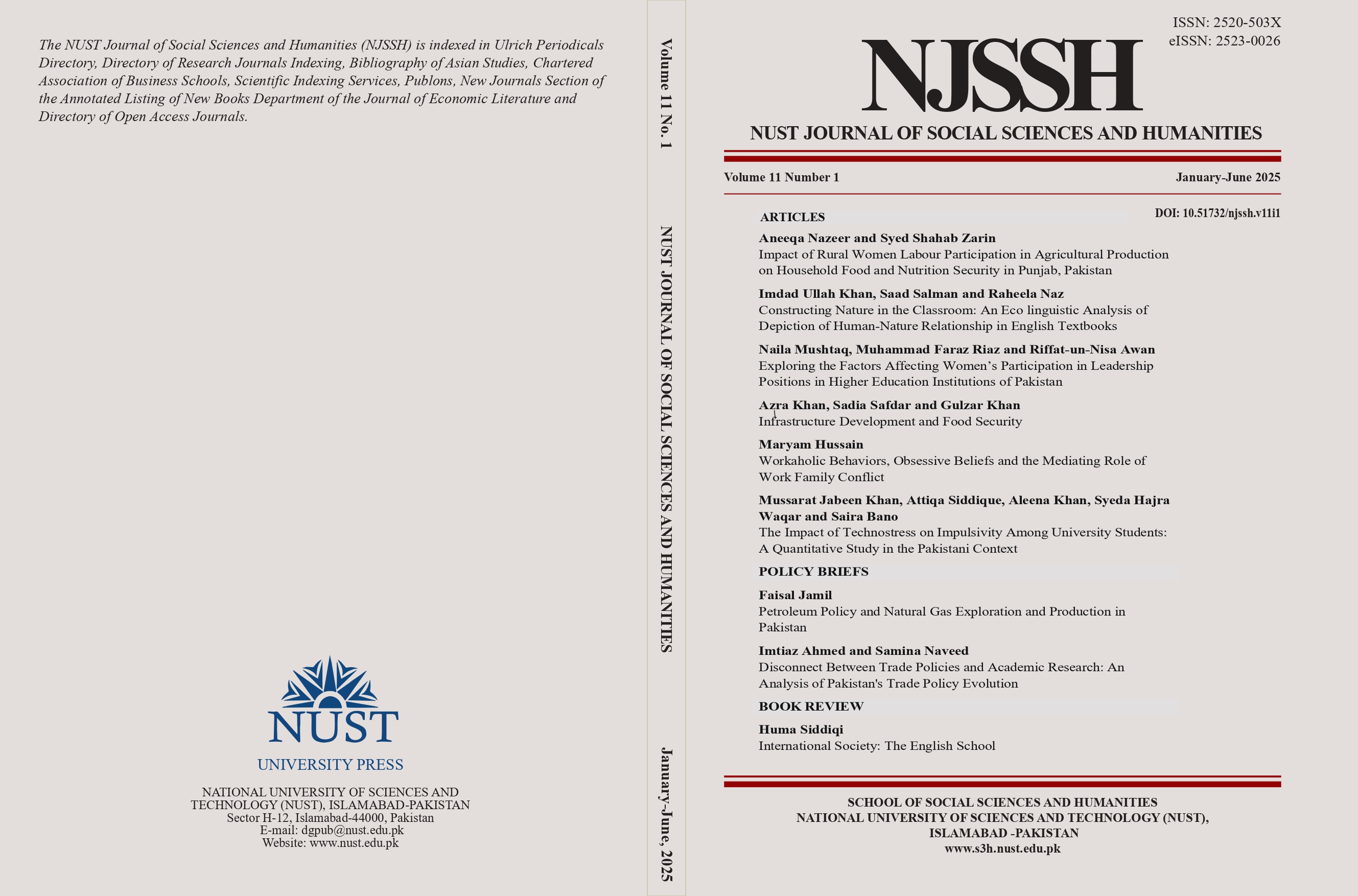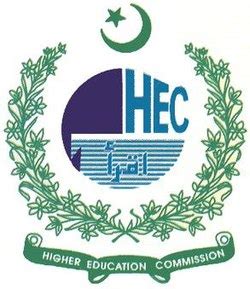Infrastructure Development and Food Security
DOI:
https://doi.org/10.51732/njssh.v11i1.244Keywords:
food security, price stability, infrastructure development, accessibility, availabilityAbstract
Pakistan is a low-income developing nation where agriculture is its most significant sector. Reducing poverty, hunger, and food insecurity are essential features of Sustainable Development Goals (SDGs). Finding the best solutions to provide food security for Pakistan's expanding population is the foremost goal of this study. The current study examines only the supply side of food security i.e. physical availability of food (major food crops); wheat, rice and maize. The study relates the infrastructure development (transportation) to food security as supply bottlenecks arising from poor transportation networks cause food shortages. Other determinants include own price, credit availability and yield. Study uses annual time series data for Pakistan from 1980-2020 using fully modified squares (FMOLS). Findings show that infrastructure development positively contributes to food security. Findings imply improving food security by investing in infrastructure. Low-income households, farmers, and others who lack proper nutrition may find it simpler to access markets and find affordable food owing to transportation regulations and programs.








